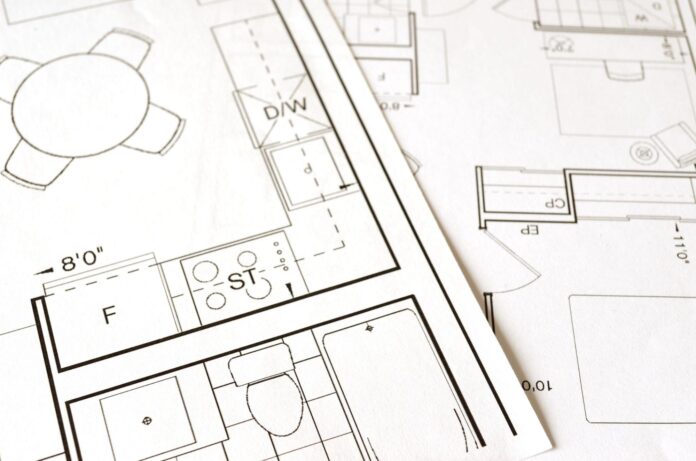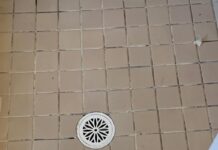With the state of world affairs, we’re all looking for ways we can spend less and still have it all. Comparing your monthly bills and looking for areas where you can spend less can be tricky. You can always reduce how much you spend on energy bills by making your home more energy efficient.
If you have cavity walls and you’re looking to reduce the amount you spend on utilities monthly, you should consider insulation. If installed correctly, insulating your cavity walls can reduce heat loss by up to 33%. You can save as much as £690 annually on your utilities.
Insulation not only helps reduce heat loss but also improves the overall comfort of your home by maintaining a consistent temperature. It can also contribute to reducing carbon emissions and making your home more environmentally friendly.
Insulating your cavity walls may sound like a huge undertaking or an expensive endeavor. If you want to explore this option, neither of those things has to be true; discover more about cavity wall insulation and arm yourself with all the facts.
What are Cavity Walls?
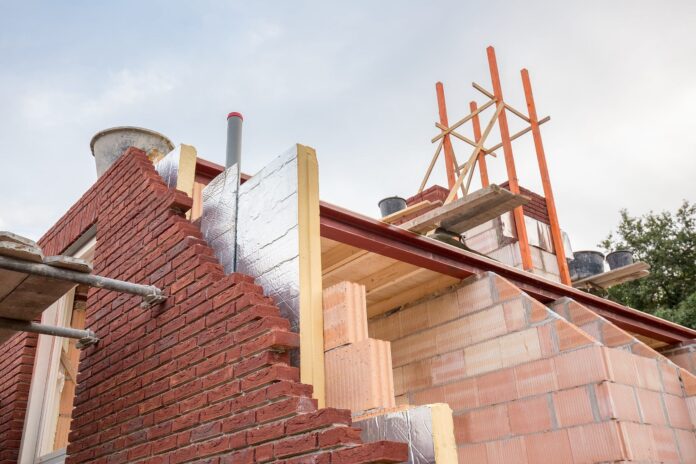
Houses in the UK typically have solid external walls or external cavity walls. Cavity walls are two walls that have a space, or cavity, in between them. Solid walls are the opposite; there isn’t a gap, so there’s no need for insulation installation.
Cavity walls were introduced in the early 20th century as a way to improve thermal insulation and prevent dampness. The gap between the walls acts as a barrier, reducing heat loss and increasing energy efficiency in homes.
Buildings were constructed with cavity walls in an attempt to prevent moisture, like rain, from penetrating the home. So if rainwater penetrated the wall, it would only be the external one and not the internal one. While the walls work as intended, this means that people have to spend extra to keep their homes warm.
If your home was constructed before the 1920s, the odds are that your external walls will be solid. If the home was constructed after the 1920s, it’s likely that the external walls are solid. Modern homes have insulation boards fitted in the wall cavities during construction.
How Can You Spot The Difference?
You can ascertain whether you have solid walls or cavity walls by studying the brickwork. If the brickwork shows only the long sides of the bricks, your walls are cavity walls. If the brickwork alternates between the short and long sides, you have solid walls.
Another way to determine the type of walls is by tapping on them. Solid walls will produce a dull, solid sound, while cavity walls will have a hollow sound due to the empty space inside.
Additionally, you can also check for the presence of air vents or weep holes, which are common in cavity walls but not in solid walls.
Knowing if your home was built before or after the 1920s can also give you a good indication of whether or not you have cavity walls. If your walls are thicker than 260mm, they’re likely to be cavity walls.
How Does Cavity Insulation Work?
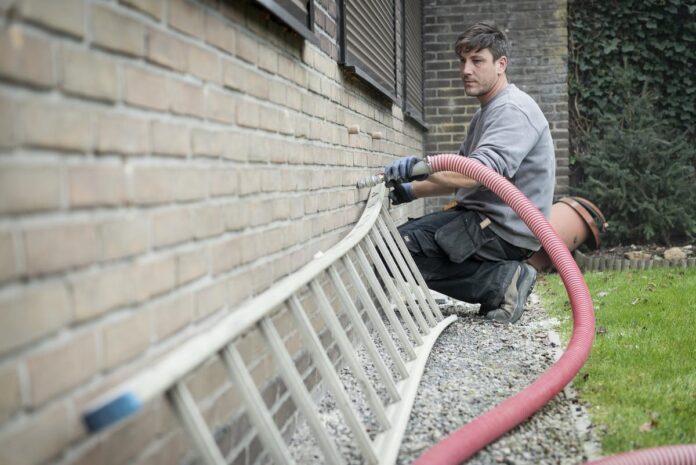
You should always look for a registered insulation installer to do the work correctly for you. The whole process is quite quick; it only takes about two hours to complete. Insulating cavity walls is most often done by drilling small holes of about 22–25 mm in diameter into the mortar.
The holes are drilled at regular intervals and are then used to inject the insulation material into the cavity between the walls. The holes are then refilled when the insulation has been successfully installed. Once that’s done, your insulation can last for as long as 25 years.
Types of Insulation
There are several types of insulation materials that you can use for your cavity wall insulation. Each material has its own pros and cons; you should speak to a professional about your options and find out which material is best for you.
Some common types of insulation materials used for cavity wall insulation include fiberglass, mineral wool, and foam board. Fiberglass is a popular choice due to its affordability and effectiveness in reducing heat loss. Mineral wool is known for its excellent soundproofing properties.
Foam board insulation offers high thermal resistance and can be easily installed in irregularly shaped cavities. It is important to consider factors such as cost, environmental impact, and the local climate when choosing the right insulation material for your specific needs. Foam
Foam insulation is made from polyurethane and is considered the best material for cavity wall insulation. While the foam offers the best thermal insulation possible, it often degrades over time. Aside from that, installing it can be tricky and requires an expert to do it correctly.
Mineral Wool
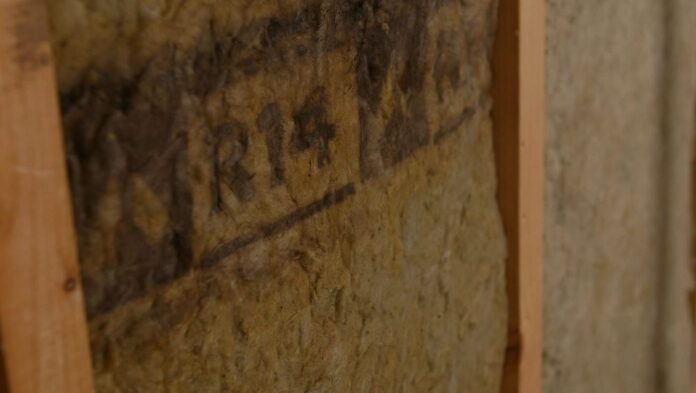
Mineral wool is made from spun yarn and then made into a woolly structure that is then compressed into boards or batts. The yarn is usually made from melted glass and stone. It’s easy to blow this material into the cavity.
Mineral wool is quite affordable and offers great acoustic insulation as well as thermal efficiency. It maintains its insulating properties, and it isn’t flammable or moisture-absorbing.
Beads and Granules
While foam is considered the best at insulating a room, beads and granules are often a more popular choice.
The beads and granules are typically made from polystyrene, which leaves fewer gaps, keeps the heat in, and doesn’t absorb moisture. They are a light material and cost the least.
The beads and granules are also quicker and easier to install than the other materials. They leave fewer gaps because they’re able to reach awkward areas and be easily spread evenly in the cavity. Another benefit is that fewer drilled holes are necessary for installing this insulating material.
Final Thoughts
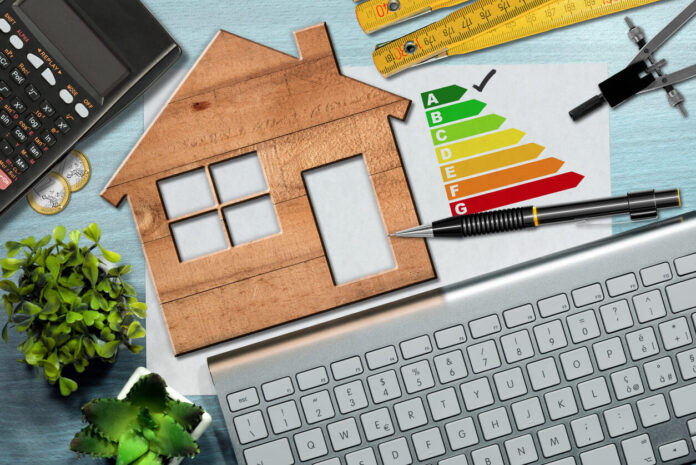
Improving the thermal efficiency of your home can be a great way to reduce the amount you spend on energy bills. Insulating your cavity wall can be a great first step in reducing your energy usage and making your home more thermally efficient.
By using spray foam insulation, you can achieve a higher level of thermal efficiency compared to other materials. This can result in significant energy savings and a more comfortable living environment.
Additionally, investing in cavity wall insulation can also increase the value of your home and contribute to a greener, more sustainable future.

